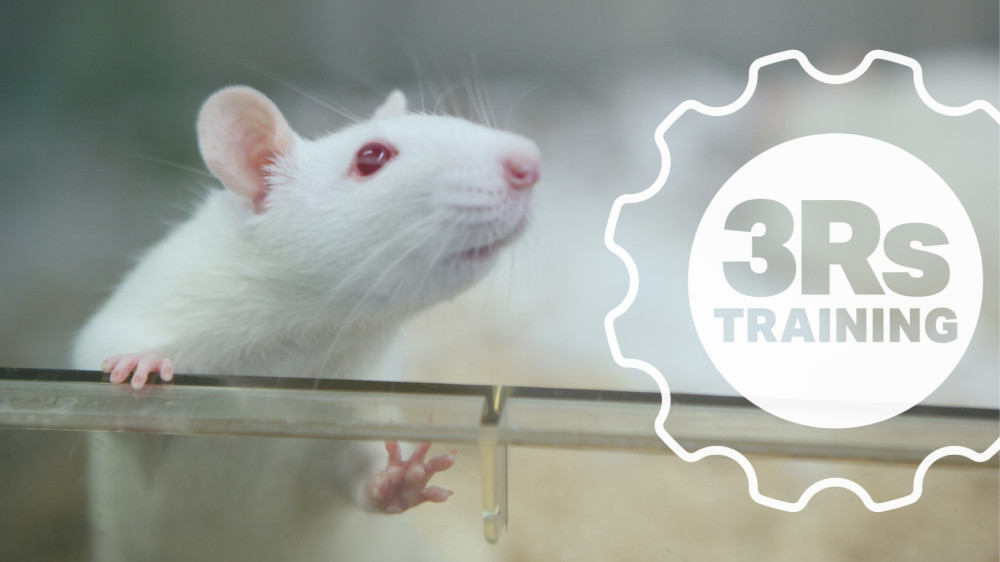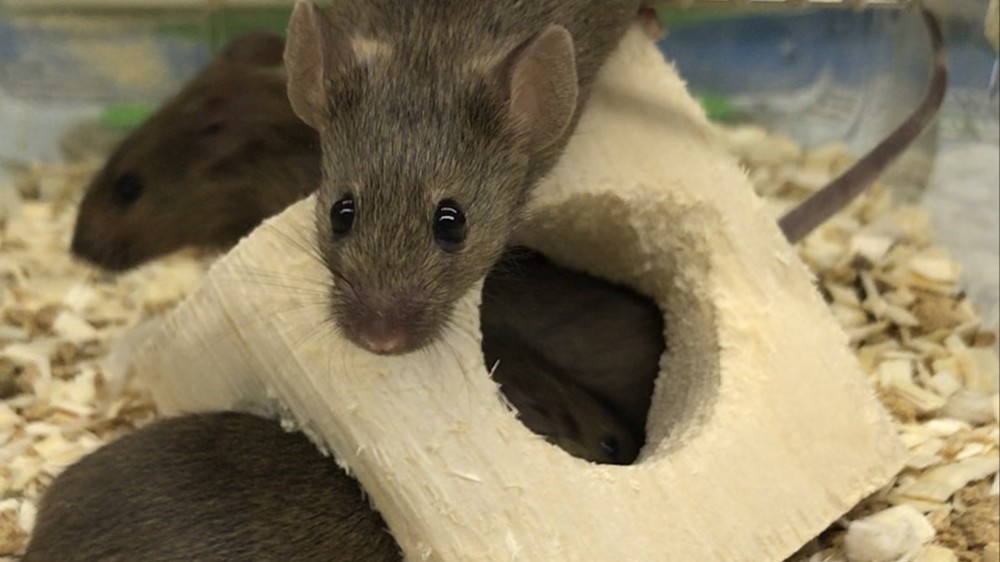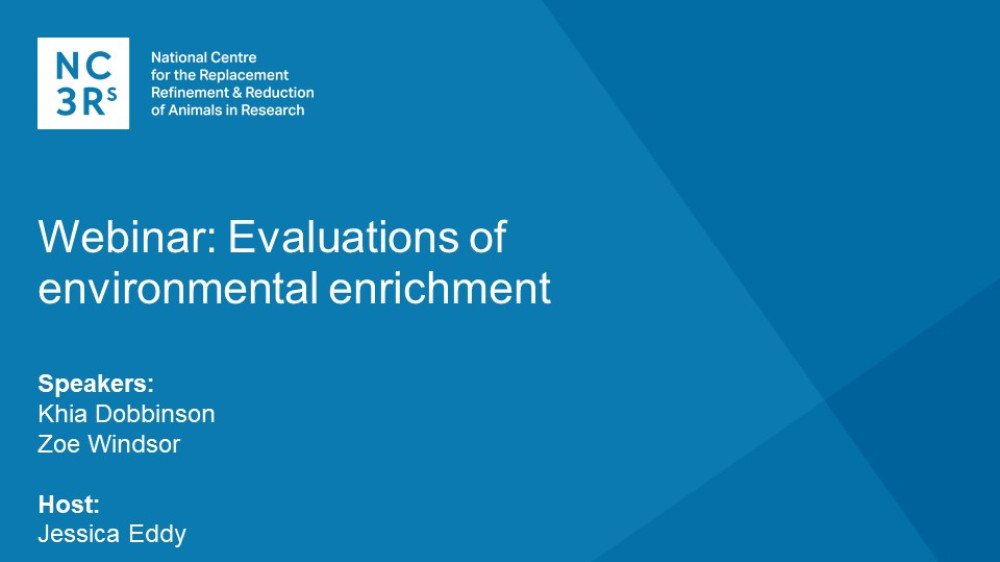This resource compiled by the NC3Rs, RSPCA and Institute of Animal Technology (IAT) can help laboratory animals technicians make informed decisions about the suitability of environmental enrichment items for animals within their facility. It aims to empower technical staff to undertake robust evaluations of environmental enrichment items and assess their impact on animal welfare.
In this resource
How to use this resource
- Read through all sections to familiarise yourself with suitable enrichment for the laboratory animal species you work with and how to evaluate whether your chosen enrichment items will effectively improve animal welfare.
- Use the example protocols and other guidance on our approaches to evaluating enrichment page to plan your own enrichment evaluation study. In particular, the decision table will help you decide what type of study protocol might best suit your circumstances, taking account of the time investment and resources required. We also provide advice on adapting the protocols and improving the scientific quality of your study. The examples focus on mouse, rat and zebrafish husbandry, but the general advice (e.g. on experimental design) is applicable across all species.
- Before you begin your study, consider the preparation required and the steps that follow on from data collection (i.e. data analysis and sharing your findings).
The content in this resource has been developed for animal technicians, with practicality in mind. It is not intended to provide detailed guidance on ethology and experimental design for those working outside of research animal facilities.
If you would like to arrange further training, we offer a workshop on this resource. Check out the details on our training pages.
We welcome your feedback and suggestions for improving this resource. Please email tech3Rs@nc3rs.org.uk to get in touch.

Further training available
We regularly deliver free in person and online 3Rs training, including on making the most of this resource on evaluating environmental enrichment. Visit our training pages to find out more.



